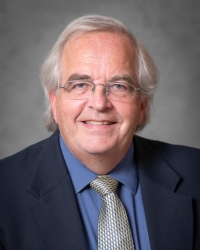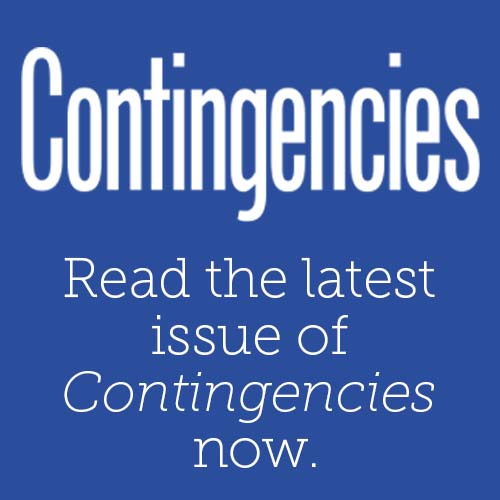Professionalism Webinar: New Modeling ASOP
The first professionalism webinar of the year offered cross-practice context focused on the newest actuarial standard of practice (ASOP)—ASOP No. 56, Modeling. Featuring former members of the Actuarial Standards Board (ASB) as well as speakers from the task force that drafted the standard, “The New Modeling ASOP: ASOP No. 56” examined the scope of the standard, what constitutes a model, and the fundamental guidance given by the standard.
Presenters were able to address all areas of practice: former ASB Chairperson and Modeling Task Force member Maryellen Coggins (enterprise risk management and casualty); Modeling Task Force Chairperson Dale Hagstrom (life); Modeling Task Force member Judy Stromback (pension); and former ASB member Ross Winkelman (health). Coggins also acted as the moderator.
Coggins kicked off the webinar with a brief history of the modeling ASOP. Hagstrom then discussed the scope of the ASOP, noting that the scope is broad and that the ASOP applies to all practice areas and all types of models, including projection and predictive models. He said the scope applies to the actuary’s own responsibilities regarding modeling and recognizes that the actuary plays many possible roles. The actuary ultimately uses professional judgment to determine how to apply the ASOP, he said.
Coggins examined the definition of a model, defined in the ASOP as a simplified representation of relationships, with three components: an information input component; a processing component; and a results component. Discussing the ASOP’s fundamental guidance, Hagstrom said that the model should meet its intended purpose in any given situation, so the actuary must understand the model’s intended purpose and then build or apply the model in a manner appropriate to that intended purpose.
He referenced the current situation in an example: “The original intended purpose of a model was to determine how a virus could spread biologically, without sensitivity to government or individual decisions and behavior. But what if a new intended purpose is to apply the model to COVID-19? Is the new intended purpose a little different from the original situation? Does the model support getting the full range of answers for all kinds of behavior?”
Winkelman discussed reliance on others and said that if the actuary has limited ability to get information or understand the model, it is important to disclose that fact, as well as any reliance on experts. In practice, he said, this means doing reasonable due diligence and then documenting what you did—and disclosing any barriers to doing more. He also discussed governance and controls, including model risk, model testing, and model output validation, saying that the actuary should take reasonable steps, perform sufficient tests, and document what was done—again, along with disclosing any barriers to doing more.
Turning to documentation requirements, Stromback noted that the actuary may supplement his or her documentation with model documentation provided by the developer or vendor of commercially available projection model systems. She also discussed the disclosures required by section 4 of the ASOP, “Communications and Disclosures,” including the model’s intended purpose, material limitations, and known weaknesses; any material inconsistencies among assumptions and reasons for the inconsistencies; and any unreasonable output resulting from aggregation of assumptions.
The webinar wrapped up with an extensive question-and-answer session, along with a few concluding thoughts from the presenters. Slides and audio are available free of charge to logged-in Academy members.







